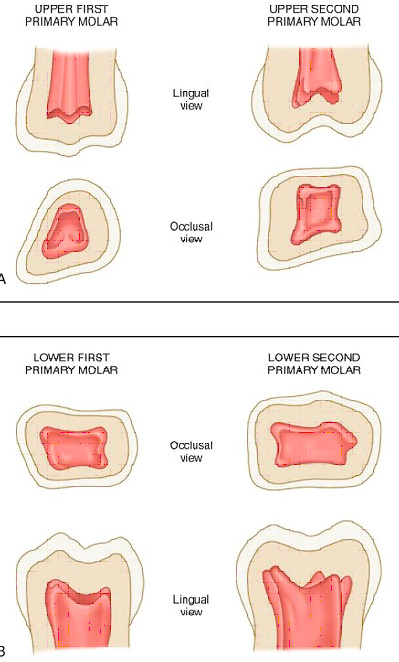- NEED HELP? CALL US NOW
- +919995411505
- [email protected]
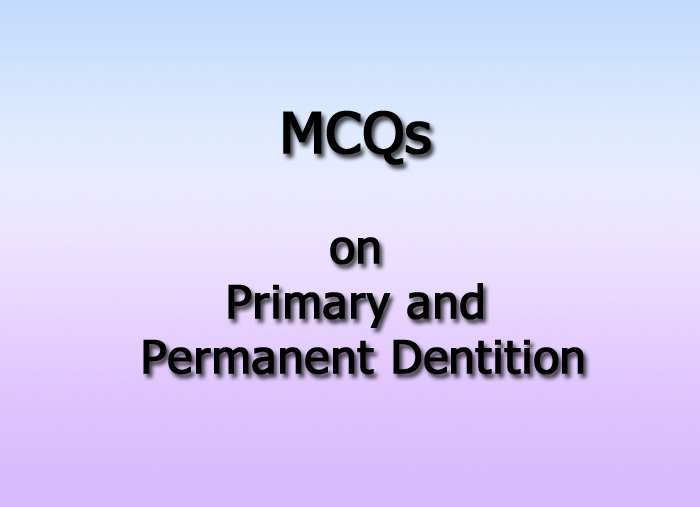
A. From birth to 11 years
B. From 6 months to 11 years
C. From 6 months to 6 years
D. From 6 years to 11 years
Ans. C
2. The primary tooth which erupts at 12-16months of age
A. Incisors
B. Canines
C. First molars
D. Second molars
Ans. C
3. How many cusps does the crown of the maxillary first primary molar have
A. 2
B. 3
C. 4
D. 5
Ans. C
4. Which primary molar has a prominent transverse ridge on its occusal table
A. Maxillary first molar
B. Mandibular first molar
C. Maxillary second molar
D. Maxillary first molar
Ans. B
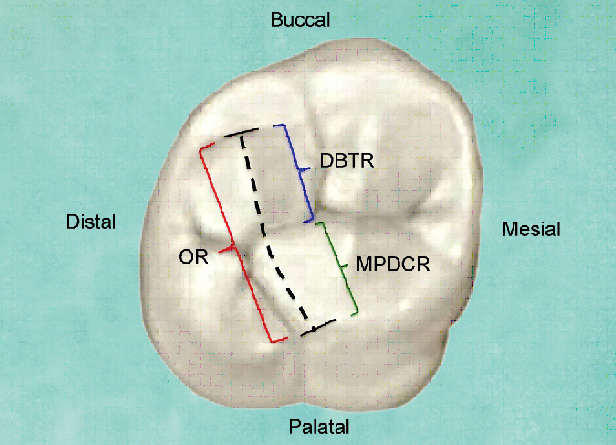
5. The primary second molars have
A. 2 cusps
B. 3 cusps
C. 4 cusps
D. 5 cusps
Ans.
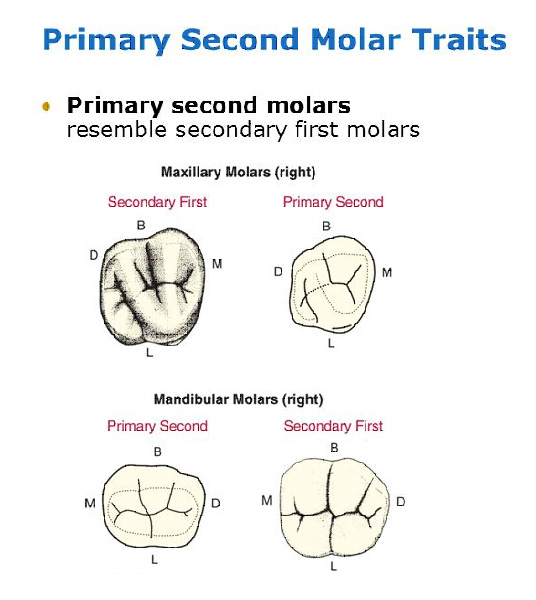
6. How many cusps does the crown of the maxillary first primary molars have
A. 2
B. 3
C.4
D. 5
Ans. C
7. How many roots does a primary maxillary first molar have
A. One
B. Two
C. Three
D. Four
Ans. C
8. Cervical bulge. True is
A. Enamel rods at cervical region directed occlusally
B. Results in constriction at cervical region
C. Is characteristic of deciduous teeth
D. All of the above
Ans. C
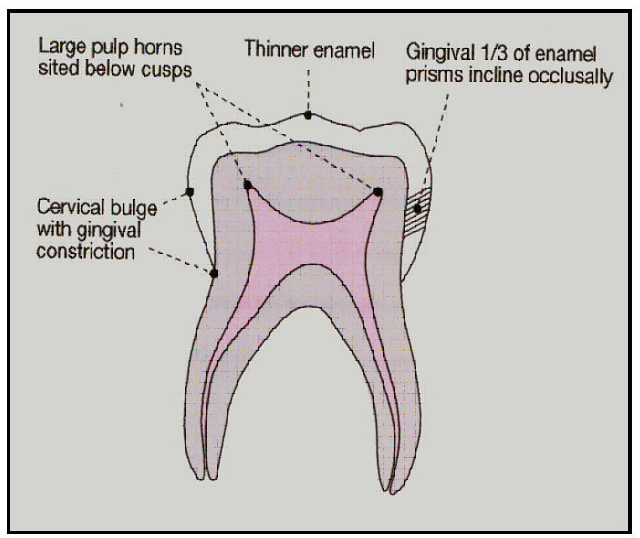
9. Primary tooth differ from permanent teeth in following aspects.
A. Thickness of enamel and dentin
B. Pulp chambers are longer
C. Roots are flaring
D. All of the above
Ans. D
10. How many pulpal horns are there in the mandibular second primary molar
A. 3
B. 6
C. 4
D. 5
Ans. D
